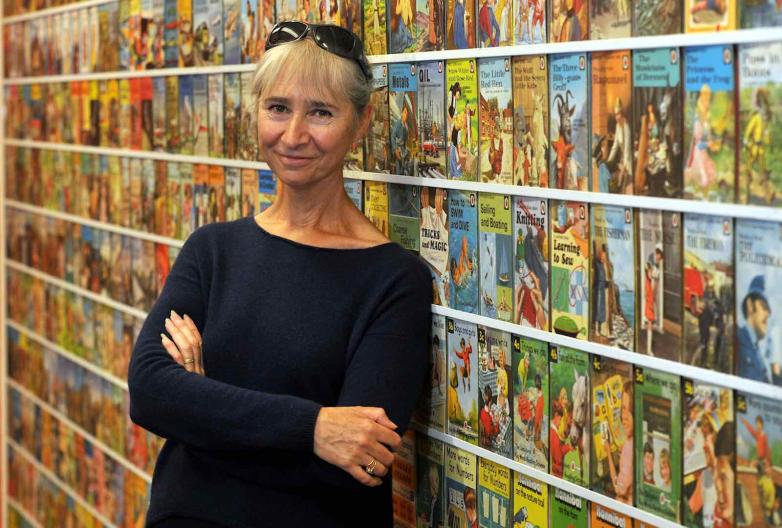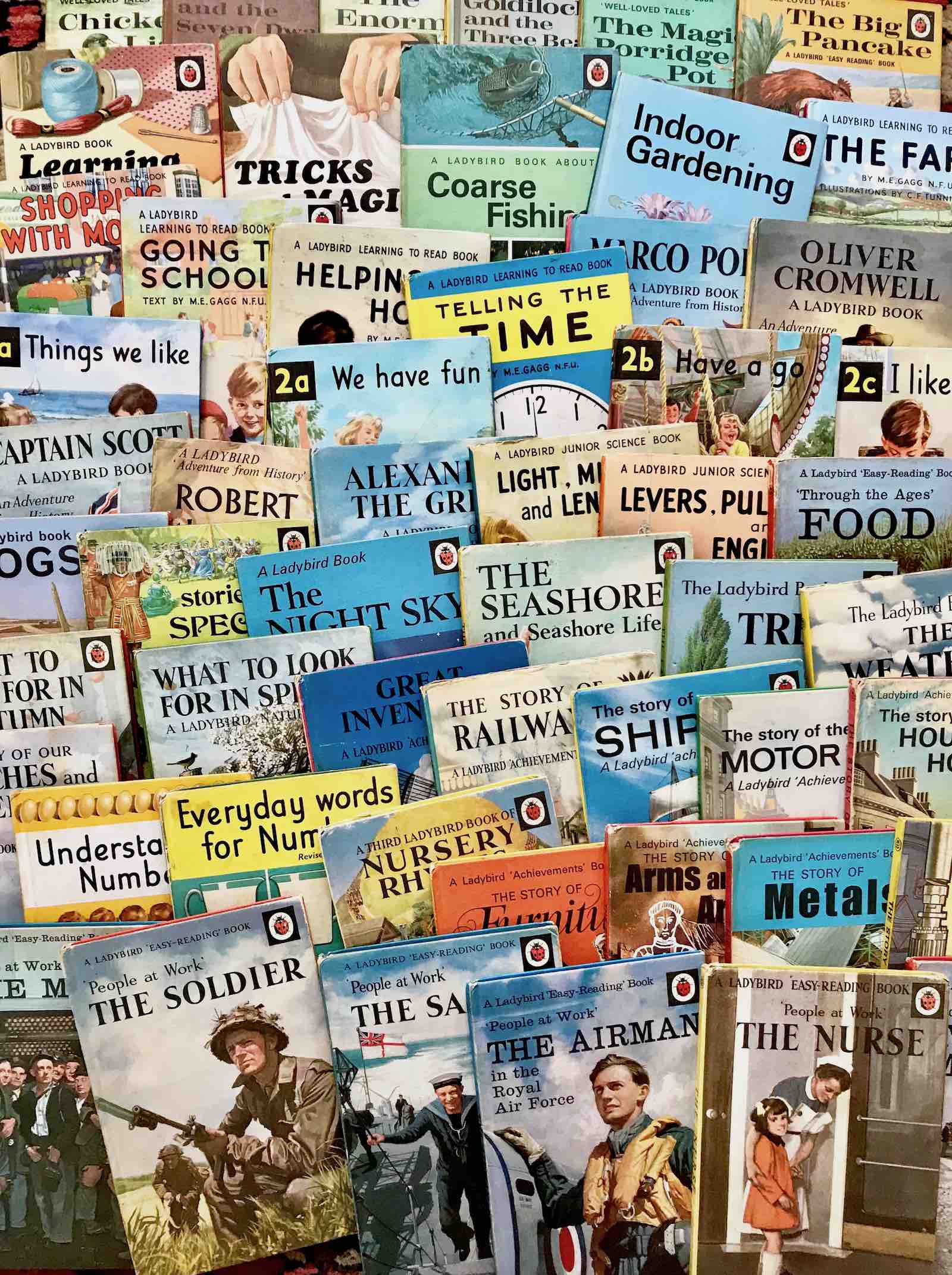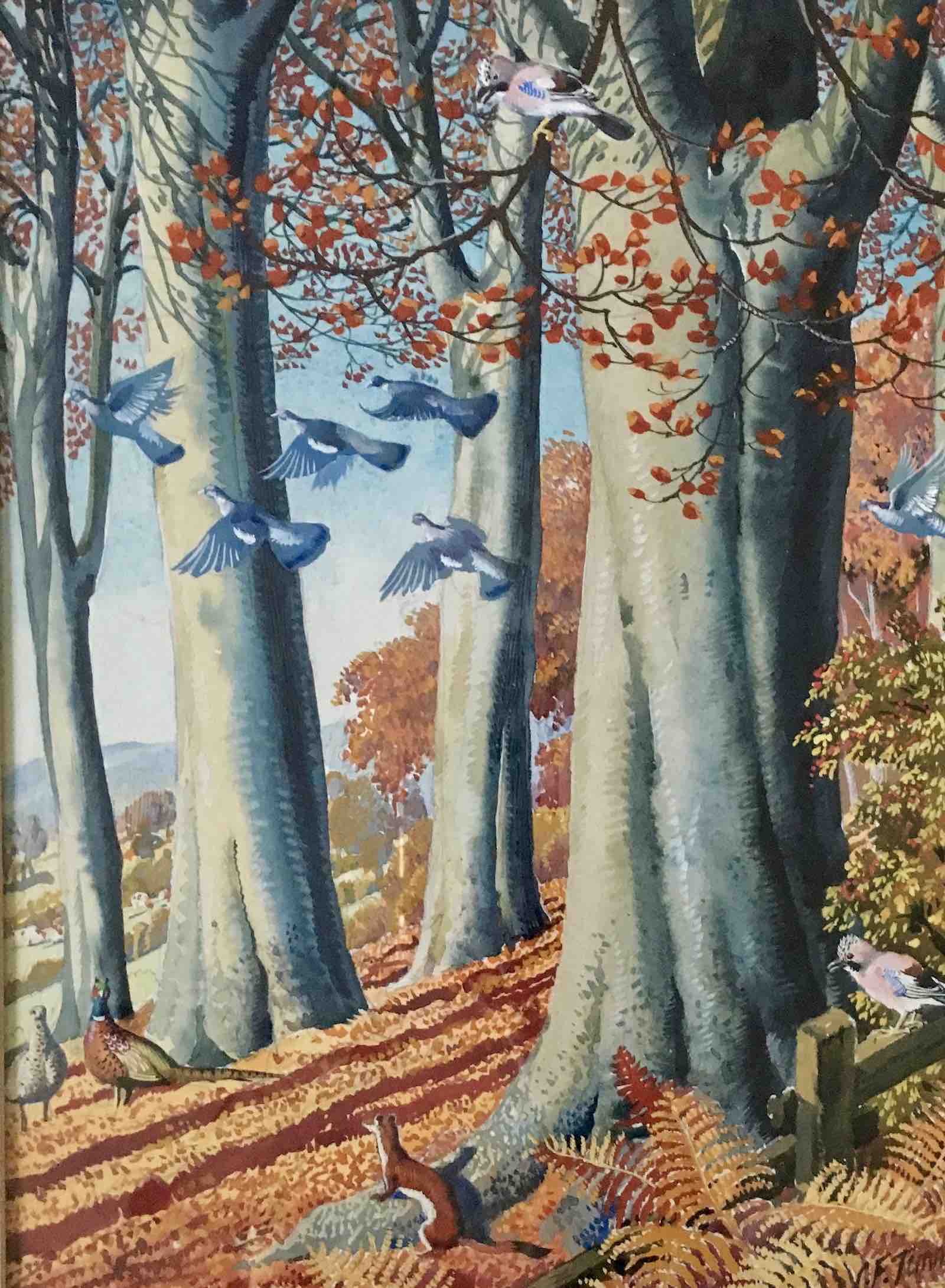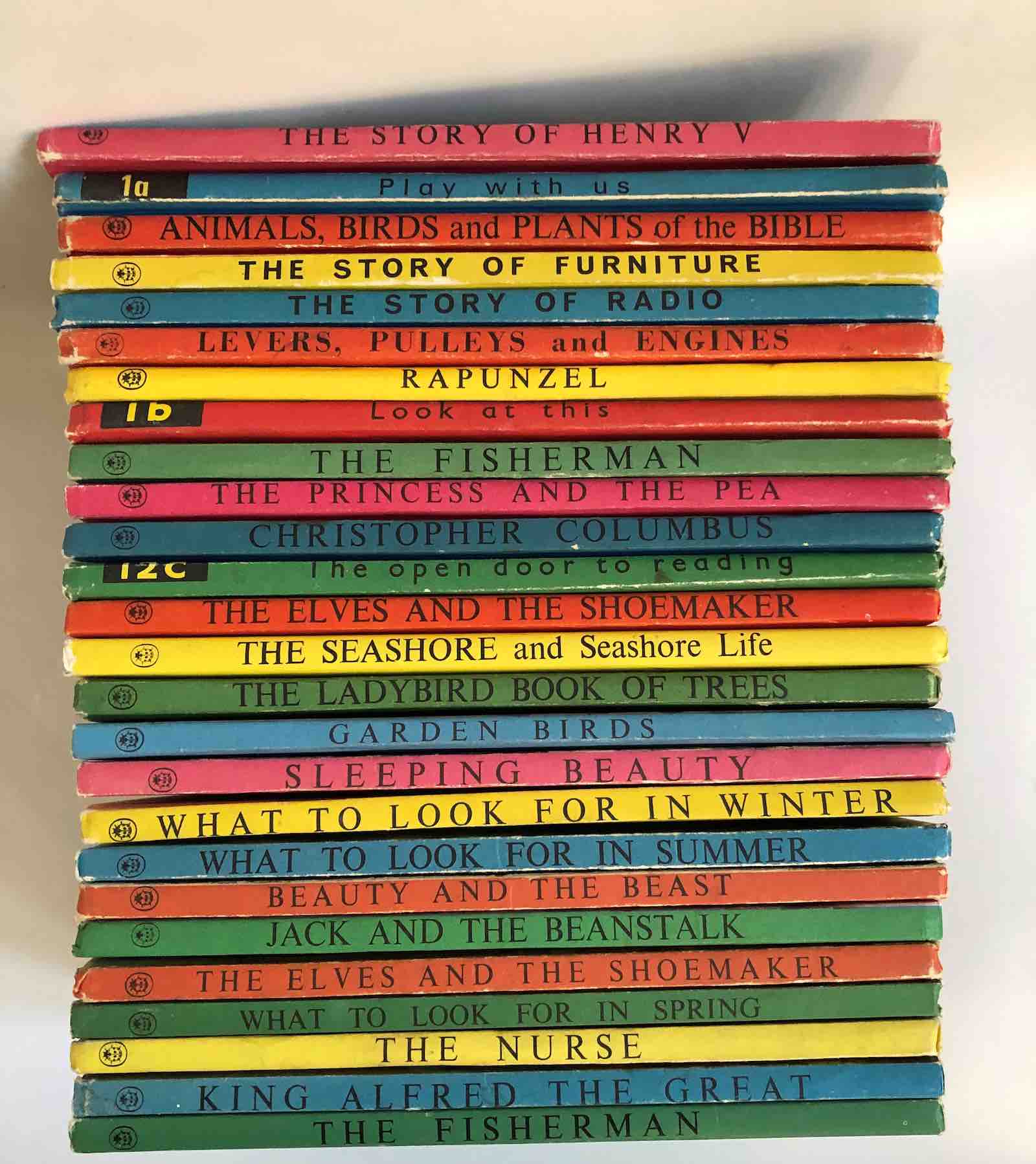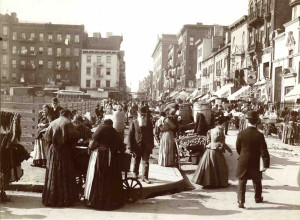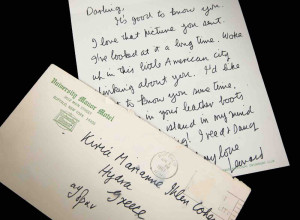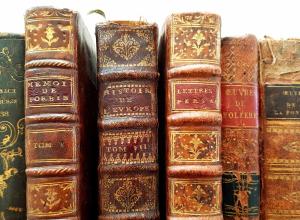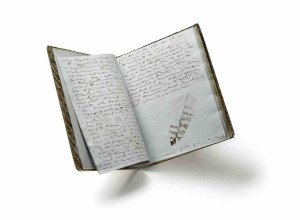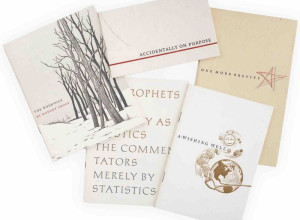Which titles have been particularly hard to find?
As with most areas of collecting, the hardest books to get hold of tend to be the earliest books, because Ladybird was not established as a publisher and the printing runs were much smaller. Also those books that were not popular in their day and so were published for only a short time. The classic Ladybird book was first published in 1940, and during the war and post-war years good quality paper was often in short supply. So early books often had dustwrappers in very thin, delicate paper that disintegrated quickly, and this makes a fine dustwrapper on on early book very desirable to the collector.
The rarest book of all is thought to be an edition of How it Works: The Computer which was commissioned by the Ministry of Defence in the 1970s. This book is believed to be the standard 1971 Ladybird book by this name, but with plain covers, intended to spare the blushes of the staff who might feel uncomfortable being seen reading a children’s book. But it is unlikely that one of these books will ever come to light as they were all believed to have been decommissioned and destroyed after a few years.
Which are your favourites?
I have lots of favourite books. There is that edition of Little Red Riding Hood which was my first ever Ladybird book and the only one in my collection today that has stuck with me since childhood. Growing up, I would spend my pocket money on a book a week. When I grew out of the fairy tales, my first choice was something from the Adventures from History series. I particularly liked any book where the main character was a woman, Elizabeth I, Florence Nightingale, Elizabeth Fry, Joan of Arc, and so on. But today the more I read and research the process of producing the different series and the artists who illustrated them, the more I appreciate the different skills and decision-making that went into producing each pocket-money volume.
What do you focus on in your collection?
The period of my main interest is from 1940 until the mid-1970s. That was the point that the company was sold to a large conglomerate and, to my mind, lost its sense of direction and the quality of the output. But I am interested in anything that sheds light on the evolution of the company, and the way that its varying fortune mirrors so much about Britain throughout the 20th century. I didn’t set out to collect first editions, but when you have been collecting for a long time and have multiple copies of every title, you are always looking for a better condition copy of an earlier book, so it happened by default.
I believe you keep your collection in a shed at home, is that right?
My bookshed is my special place. When I spend time there, time seems to pass at a different pace. Music in the background, a cup of tea to hand, and boxes of books to pack up or organise. That’s my happy place.
What other associated Ladybird items do you collect?
About 22 years ago I went to an exhibition of original Ladybird artwork. It was a selling exhibition. It seemed magical that you could own a piece of the artwork itself and I was soon hooked. I now own perhaps 150 pieces, I have no clear idea to be honest. In addition, I am interested in any piece of ephemera or information that sheds a little more light on the history of the company and the working lives of the writers and artists. It’s hard to come by, but a collector always needs another challenge. I’ve also been very lucky that, because I have quite a good profile on social media, people will generously send me items that are in their possession because they want them to go where the items will be understood and appreciated.
What do you think about the recent reimagined Ladybirds For Grown-Ups series, e.g. The Mid-Life Crisis, The Hangove, etc?
Well the first thing to say is that they aren’t really Ladybird books, they look just like them, and that’s part of the joke. They were published by Michael Joseph but re-use original Ladybird artwork for comic effect. Some of them are very funny. I’m friends with the writers and love the fact that they have masses of respect for the original books and see their works as a loving tribute. But, as a collector, they do tend to confuse people, and you constantly see them now for sale mixed in with the real books and described as ‘vintage’.

